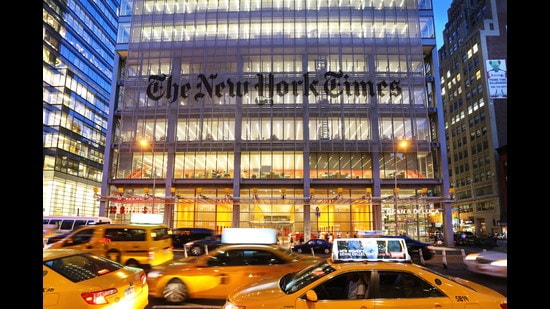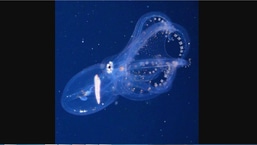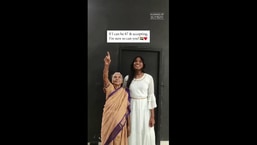
It is time for the western media to correct its biases
India’s future now stands at a crossroads. Mr Modi is advocating a self-sufficient, muscular nationalism centred on the country’s Hindu majority. That vision put him at odds with the interfaith, multicultural goals of modern India’s founders. The government’s growing efforts to police online speech and media discourse have raised difficult questions about balancing issues of security and privacy with free speech.”
This narrative, which, at first glance, appears to be a part of an article on an editorial page is actually a part of an advertisement put out by The New York Times (NYT), on its website, for the post of a business correspondent in South Asia.
This advertisement is extraordinary, to say the least, and naturally made waves on social media platforms.
So what is the newspaper saying through such an advertisement? Is it suggesting that only those who espouse this view about India and Prime Minister (PM) Narendra Modi or have a grudge against him need apply? In the advertisement, the border dispute between India and China is casually described as being a “drama”, even if placed in the larger context of India’s growing ambition and rivalry.
Incidentally, this correspondent would also cover Pakistan, Bangladesh, Sri Lanka, Nepal, Bhutan and the Maldives.
If someone who subscribes to this inherently prejudicial view of India is in-charge of business and economic coverage, it is bound to reflect on the tone of the coverage of the often volatile region.
NYT has been biased in the past as well.
It has attacked late prime ministers Indira Gandhi or Atal Bihari Vajpayee on several occasions. While it chooses to describe Modi as a Hindu right-winger, it conveniently overlooks the fact that United States (US) president, Joe Biden, describes himself as a proud Catholic or that Barack Obama often held his early political meetings in churches across the the nation.
Over the past five years, NYT has ridiculed India in various ways, several times. In an article published in November 2017, the sari was linked to chauvinistic nationalism, omitting the fact that the sari is a common garment for many women all over the subcontinent.
Similarly, in 2014, a derogatory cartoon was published mocking India’s Mars mission. It showed an Indian wearing a dhoti holding a cow by a rope as he knocks on the doors of the “Elite Space Club” of the West. The editorial board later apologised for the cartoon, saying that it was not its intention to downplay the Mars mission or to insult India and its citizens. The slights don’t end there. The paper introduced former Tamil Nadu chief minister J Jayalithaa as a “former starlet” on her death to their readers.
A few years ago, I spent some time with some of the editors of the paper at its headquarters in New York. I asked how such biased reportage could take place in an institution such as NYT. Their reply was that they would try to be more alert in future. But, clearly this has not happen.
Let me share a personal experience. I travel in crowded metros to markets in the National Capital Region, whenever I can. There is no better way to understand the pulse of the readers. During Modi’s first term, one evening on a December 24, I boarded the Delhi Metro from Dwarka to Noida. It was around 8 pm and there was a crowd of young, enthusiastic people out to celebrate on Christmas Eve.
I was delighted by this ambience when suddenly an NYT tweet appeared on my mobile phone. The tweet linked to a news item about how Christians in the Capital and other parts of the country were afraid to celebrate Christmas. The young people around me, almost certainly of different religions and communities, seemed unmindful of any differences among themselves. The tweet was based on an incorrect report. I tried to explain by tweeting a counter to this, but there was no retraction or reply. I hardly call this healthy and honest journalism.
It is not that the western media has not done seminal work in highlighting injustice and inhumanity around the world. But it has made many mistakes along the way and should admit to this. Decades ago, a section of the western media condoned Adolf Hitler’s actions and described Joseph Stalin as the biggest enemy of the West. A historic blunder if there ever was one. During World War II, there were many allegations that NYT was very slow to publish news of some of Hitler’s worst atrocities against the Jews. During the period from September 1939 to May 1945, very few stories about Jewish victims allegedly made it to the front page of the paper.
Clearly, it is time for the western media to introspect and course correct when it comes to factually accurate reporting and unbiased editorials about other countries, especially diverse and pluralistic democracies such as India.
Shashi Shekhar is editor-in-chief of Hindustan
The views expressed are personal
-
Glass octopus with transparent skin captured on camera. Rare video goes viral
-
Healthcare workers in J&K cross river to carry out door-to-door vaccination
-
Video shows how this 87-year-old grandma supported her transgender granddaughter
-
Lilly Singh posts pic with Diljit Dosanjh, shares sweet caption. He replies
"correct" - Google News
July 11, 2021 at 10:15PM
https://ift.tt/3wssTrW
It is time for the western media to correct its biases - Hindustan Times
"correct" - Google News
https://ift.tt/3d10rUK
https://ift.tt/35qAk7d
Bagikan Berita Ini


















0 Response to "It is time for the western media to correct its biases - Hindustan Times"
Post a Comment